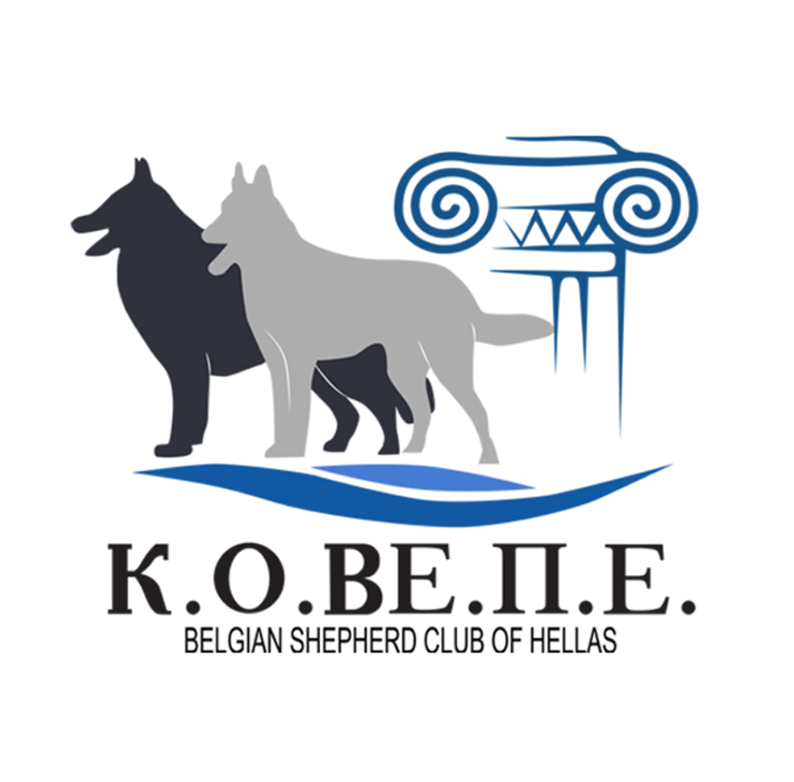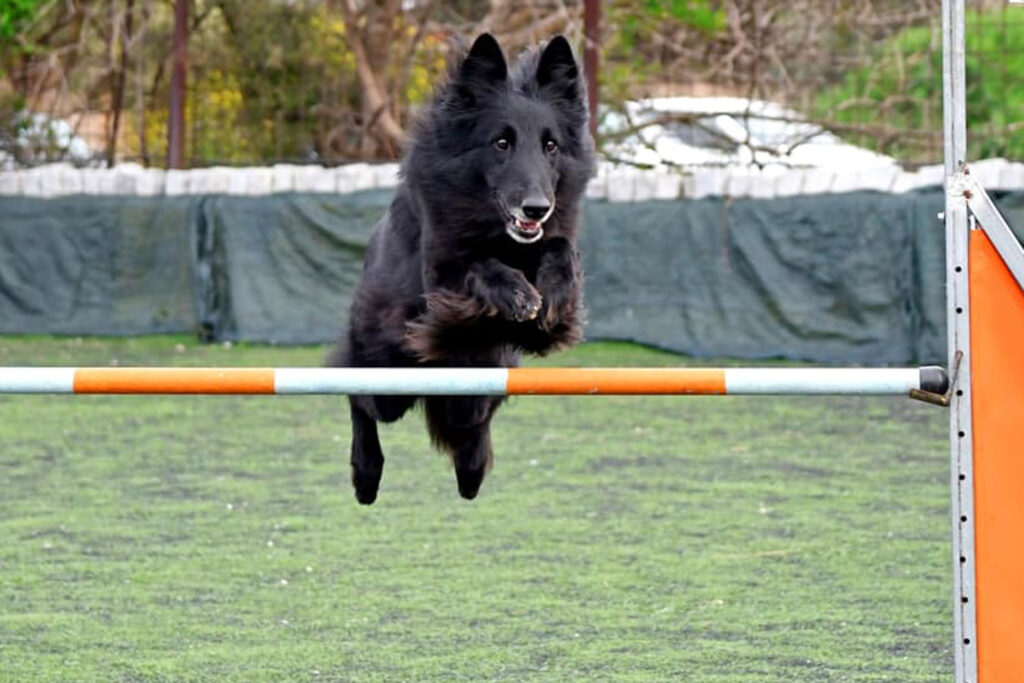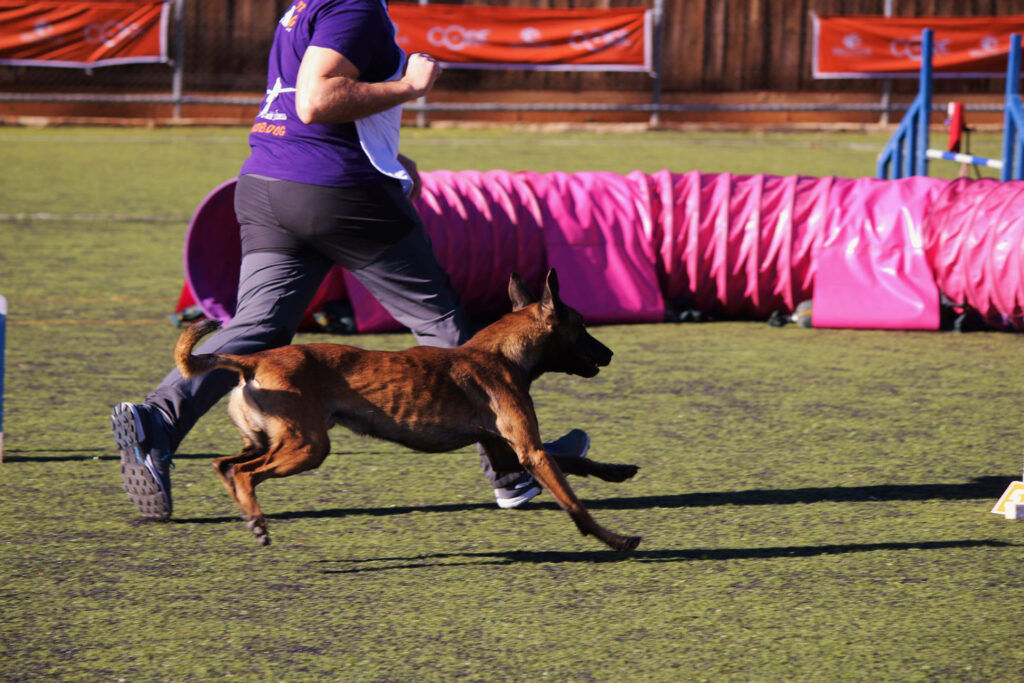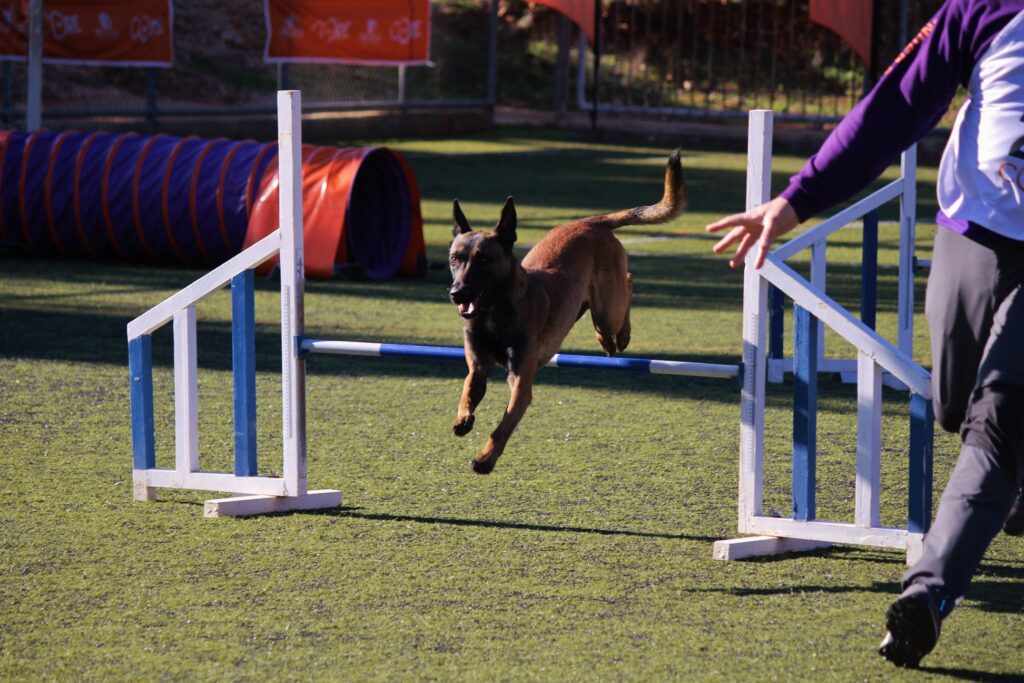"Dog agility," or alternatively "dog agility trials," is an exciting canine sport for anyone looking to try something different with their dog. It's a sport full of intensity, speed, and excitement that requires synchronization, precise handling, and good cooperation between the dog and handler. Inspired by equestrian show jumping and obstacle course racing, agility was first introduced to the public in 1978 and captivated spectators and dog handlers alike. Since then, it has evolved into the most widespread dog sport worldwide.
The first Agility competition held in Greece was in September 2014 in Aulona, and since then, it has become one of the most popular sports, bringing significant victories to the country in World competitions. The aim of the sport is for the handler-dog team to complete a different course each time in the fastest possible time and with the fewest mistakes. The courses are designed and set up by the judge of each competition and consist of a combination of jumps, obstacles, contacts, tunnels, and weave poles.
Specifically: In the jumping obstacles, the dog must successfully clear and not knock down obstacles such as jumps, long jumps, spread jumps, tire, and even the wall. The contact obstacles include the seesaw, dog walk, and A-frame. For the dog to successfully navigate these obstacles, it must touch at least one of its feet on the colored part of these obstacles, called the contact zone.
Tunnels in courses can be straight or curved. These are the obstacles that dogs typically learn first and are usually their favorites. The weave poles are among the most technical obstacles in agility. They consist of twelve poles that the dog must navigate, starting with the first pole on its left shoulder and weaving between the rest with speed and precision.
Agility competitions are divided into categories based on the dog's skill level. There are three difficulty levels: A1, A2, and A3. Agility should be fun for both the dog and its handler. For this reason, during training, we use something that our dog loves dearly and is willing to "work" for, such as its favorite food or favorite toy, combined with plenty of rewards.






